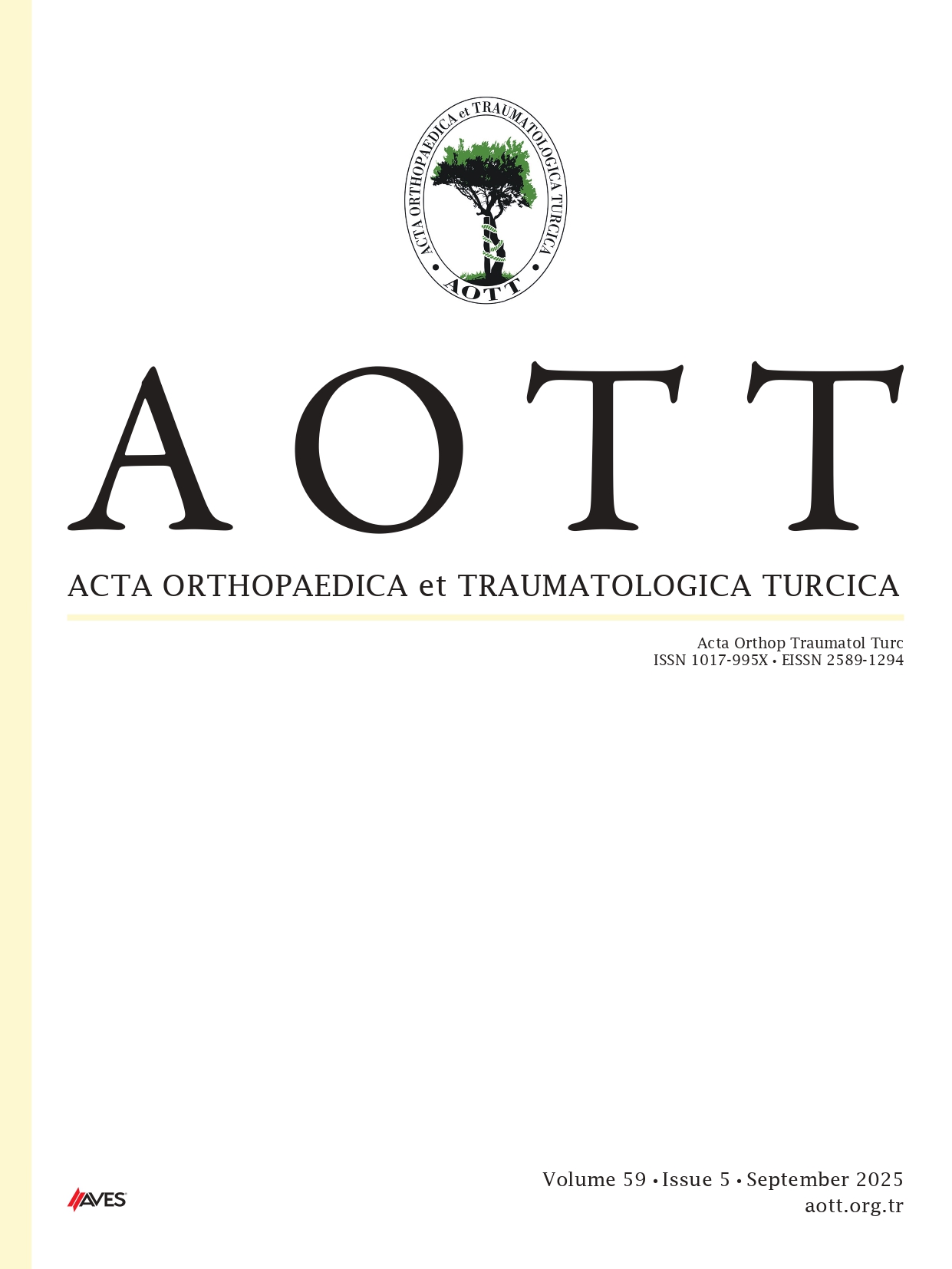Objective: This study aims to undertake a comprehensive review of malpractice litigation cases involving limb amputation surgery, with a subsequent evaluation of the cases accepted as malpractice.
Methods: The retrospective, descriptive study evaluated cases of alleged medical malpractice involving extremity amputations sent to the Medical Council. When medical error decisions were made by the board, the full range of allegations was subjected to evaluation, including issues related to consent, diagnosis, and treatment errors. A review was conducted of all closed legal cases pertaining to medical malpractice in the field of extremity amputation. A comprehensive dataset was collated, encompassing detailed information on each case. This included age, sex, and the anatomical location of the amputation (lower or upper extremity). Additionally, the amputation mechanism, the duration of hospitalization, and the time interval between surgery and the initiation of legal proceedings were investigated.
Results: The study encompassed 290 medical litigations with a mean age of 39.6 ± 20 years. Of the participants, 213 (73.4%) were male, and 77 (26.6%) were female. Amputation surgery was conducted on the lower extremity in 191 patients (65.9%), the upper extremity in 97 patients (33.4%), and both upper and lower extremities in 2 patients (0.7%). The reasons for amputation surgery were classified as secondary to disease in 143 patients (49.3%) and traumatic injury in 147 patients (50.7%). Fifty-nine cases were accepted as medical malpractice. No significant di!erences were found between cases with and without medical malpractice, or among age groups, genders, extremities, lengths of hospital stays, levels of amputation, whether cases were secondary to trauma or disease.
Conclusion: It is evident that there is a higher prevalence of malpractice in cases of traumatic injury; therefore, clinicians should exercise greater caution and diligence in the management of these cases.
Level of Evidence: Level IV, Prognostic study.
Cite this article as: Çevik FE, Bayram S, Söylemez F, Be!koç C, Aslıyüksek H. Amputation surgery is associated with a higher risk of malpractice in cases of traumatic amputation: retrospective analyses of extremity amputation malpractice litigation. Acta Orthop Traumatol Turc., 2025;59(5):322-326.



.png)
.png)
